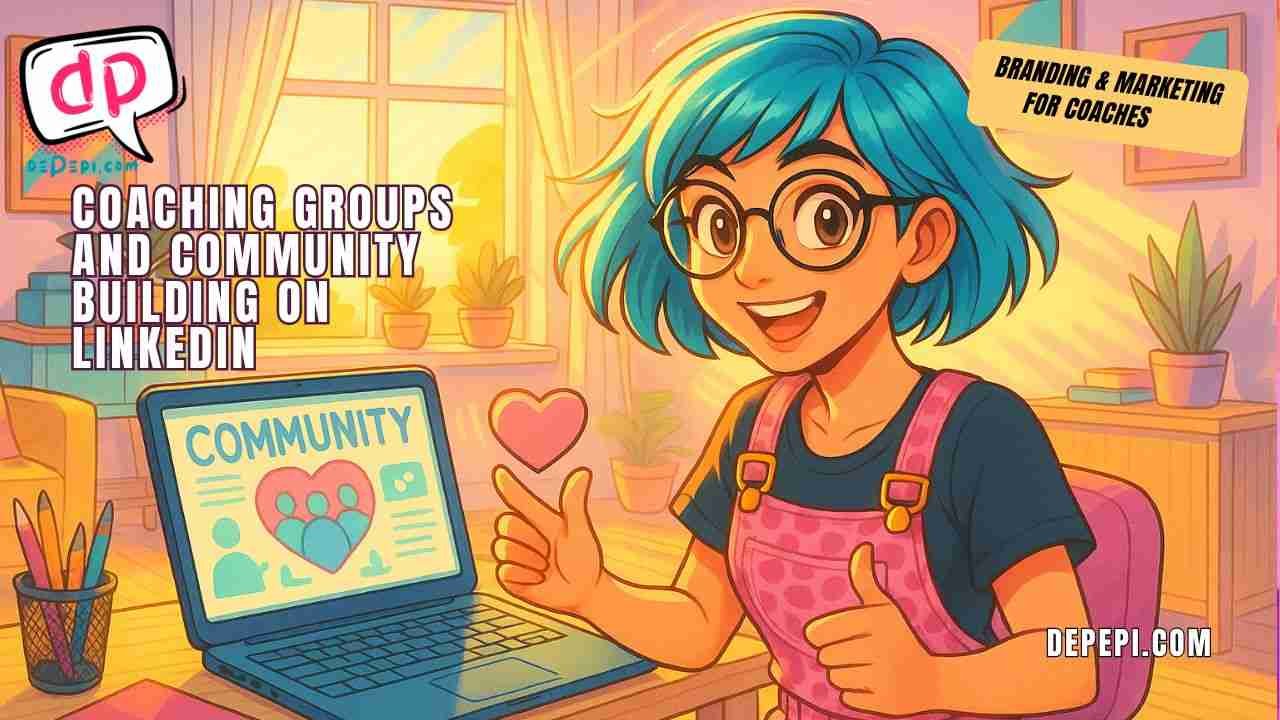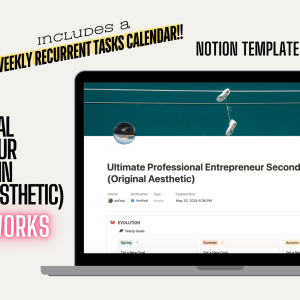Coaching Groups and Community Building on LinkedIn

Intentional group participation can transform your coaching practice. However, community building on LinkedIn can be somewhat challenging.
Every coach wants to be seen, heard, and trusted on LinkedIn, but few use the platform’s most powerful tool: LinkedIn Groups. These hidden hubs of conversation offer fertile ground for thought leadership, peer connection, and organic client referrals. When used strategically, they can turn passive observers into active participants in your coaching journey.
But are LinkedIn Groups still relevant? Critics often point to spam, algorithmic shifts, and low activity as warning signs. However, with mindful curation and intentional contribution, LinkedIn Groups remain one of the few spaces where coaches can build a genuine community, not just noise.
The Power of Groups For Community Building
Visibility with Context
Unlike the open LinkedIn feed, groups offer a focused environment brimming with people genuinely interested in your area of expertise. Groups attract motivated individuals who are open to connection, and that means richer engagement sooner.
Post a thoughtful insight in a relevant group, and you’re not shouting into the void—you’re talking to an audience actively seeking what you offer.
Demonstrate Thought Leadership
When coaches consistently share valuable frameworks, tools, or experiences in groups, something powerful happens: they become trusted voices.
That type of consistent value-building lays the foundation for inbound referrals and affinity, not just superficial likes.
Peer Learning + Referral Networks
Think of a LinkedIn Group as a mini-mastermind. You’re surrounded by fellow coaches, HR professionals, and potential clients all in one space. Engage thoughtfully, support others, and your reputation grows. Over time, group members begin thinking of you when they or their peers need coaching.
Community vs. Conversation: Participate or Curate
Participate to Get Known
Joining established groups is the easiest entry point. But simply being a lurker won’t get results. Instead:
Target the right communities: Look for groups aligned with your niche that are active and well-moderated. You can find them by searching for relevant terms and scanning for recent, meaningful posts.
Move beyond sales pitches: Start with questions, reflections, or a useful resource. Answer others’ posts before sharing yours. This builds credibility and rapport over time, without breaking platform rules.
Engage regularly and purposefully: Set a goal: comment 3–5 times weekly in two or three groups. Consistency speaks volumes more than virality.
Curate Your Own Community
For coaches ready to step into leadership, starting a group is a serious move, but it pays off. [This would be my choice, by the way. But it’s also a lot of work. Only do this if you have allocated time for this.]
Define your niche: For example, “Mid-Career Leaders Building Resilience.” The narrower the scope, the stronger the cohesion.
Set group rules: Encourage peer support, no unsolicited marketing, and meaningful discussion only.
Seed the conversation: Kick off with introduction prompts like “What’s your current leadership challenge?”
Be consistently active: Post resources, ask questions, and offer live Q&As. Groups need rhythm to thrive.
Welcome members personally: Automated messages work, but personalized invites fuel belonging.
Are LinkedIn Groups Still Worth It?
Some content-marketing experts say group functionality has waned—fewer group notifications, decreasing feeds, more spam. The result? Some groups are quiet, and noise is rising.
But consider:
Spam happens when moderation is weak, not when groups are inherently broken.
Algorithm changes impact visibility, but still, many members reserve group space for meaningful discussion.
Targeted groups are quality over quantity—a tight-knit 500-member group can outperform a public megagroup of 50k passive followers.
It’s not about abandoning groups but about choosing the right groups and engaging the right way.
Common Mistakes (And Fixes)
| Mistake | Result | Fix |
|---|---|---|
| Promote first, post later | Spams group & harms reputation | Add value first—pitch only when it fits |
| Ignore group rules | Risk removal and distrust | Read and respect the moderator’s guidelines |
| Post once, drop the mic | No relationship built | Commit to consistent value-adds |
| Failing to support peers | Feels transactional | Celebrate others’ wins and support their posts |
| Over-administration | Clammy & salesy | Seed value, but let member voices shine |
Beyond LinkedIn: The Ripple Effect
Strategic group engagement also:
Boosts your LinkedIn profile views.
Spreads through word of mouth: members recommend others.
Provides material for your content, including case studies, poll insights, and coaching themes.
Opens collaboration doors: joint webinars or guest posts with fellow coaches.
With time, your group presence becomes a multi-channel growth engine.
Need Help?
Join Branding and Marketing for Coaches and discover the tactics that best fit your personal case.
Branding and Marketing for Coaches (Life, Health, Wellness)
In short
LinkedIn Groups aren’t a magic bullet, but they are a multi-layered opportunity when used strategically:
Show up in the right places.
Share generously with no immediate expectation.
Start your own community when you can offer unique value.
Prioritize quality over size—a well-curated group of 500 can outperform a huge but hollow network.
Track, iterate, and refine based on engagement and outcomes.






